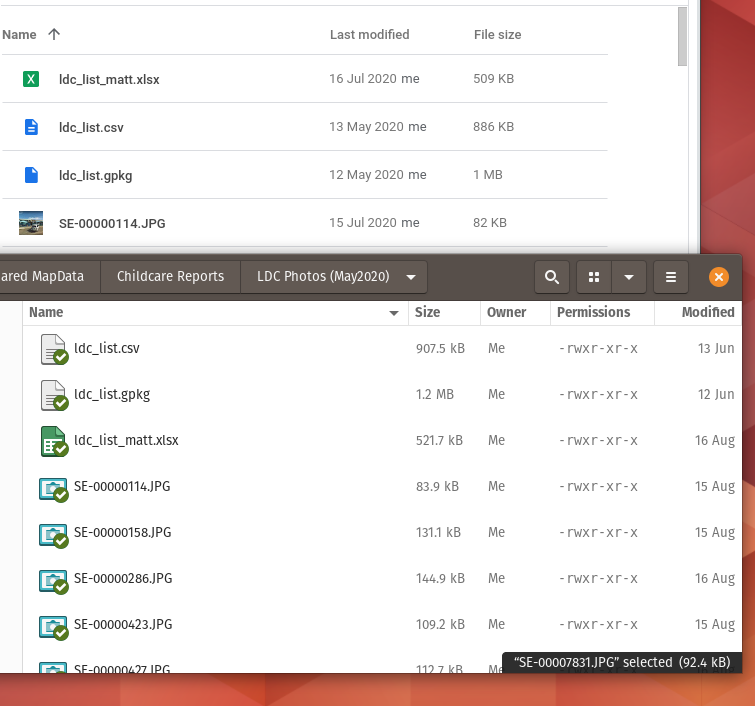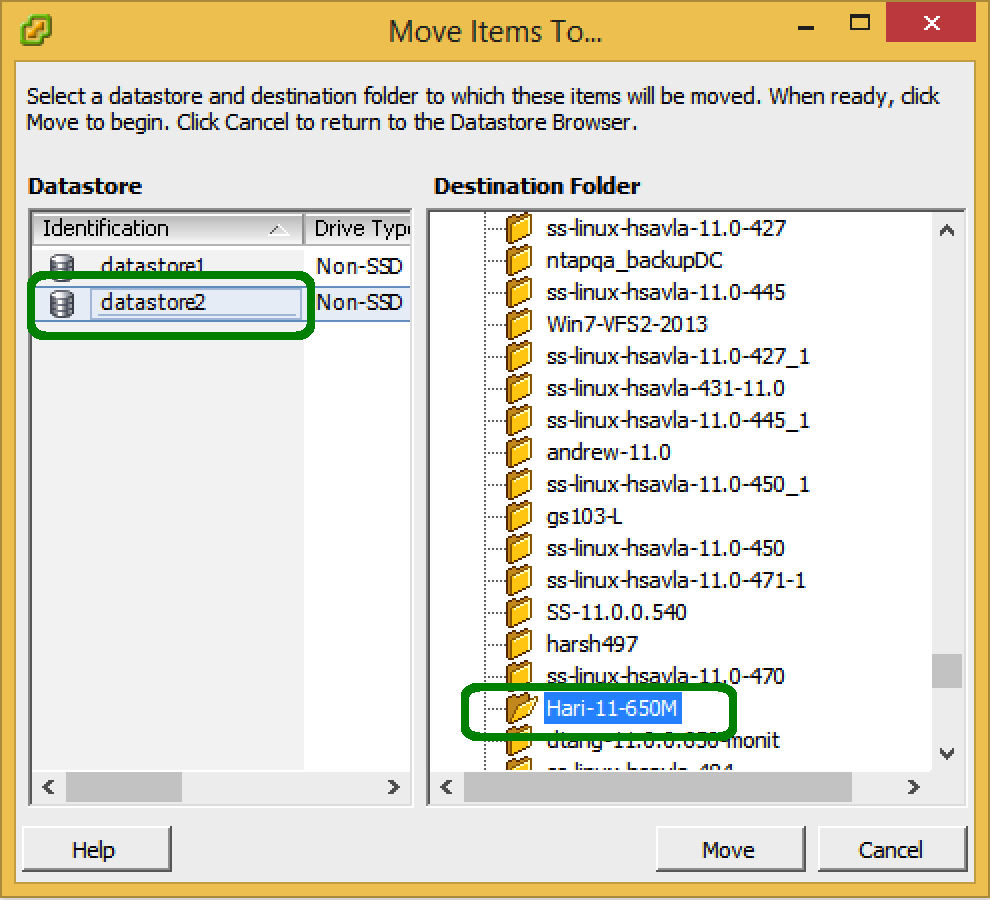

- NUMBER OF FILES LIMIT EGNYTE DESKTOP SYNC PASSWORD
- NUMBER OF FILES LIMIT EGNYTE DESKTOP SYNC WINDOWS
There's more to it than just that of course, but once its set it the users can just keep working same as always.
NUMBER OF FILES LIMIT EGNYTE DESKTOP SYNC WINDOWS
Windows 11 can do SMB over QUIC, so it just looks like a regular file share to users. Just a basic file server doesn't need much in the way of resources and you save a lot by going 1-year or 3-year reserved. If they want to maintain their old "one single shared drive" structure but want it available in the cloud, just spin up a file server VM in Azure. If they can have proper buy-in at the company and understand they need to restructure their documents, the SharePoint works. At the end of the day, you may end up replicating the content management system in SharePoint, just to take advantage of the other things it can do that saves them time, provides better compliance protection or shores up some other limitation or problem they've identified. So what is it not doing for them? Perhaps it works great for the raw file handling side of things, but lacks functionality that causes a lot of time to be wasted in other ways. They are already using some sort of control/content management system. The amount of files they have is insignificant. You're looking at this from the perspective of having to replicate what they have now, exactly, but with the files in SharePoint. It could end up being a 2-6 month discovery and a 10-20k engagement. You sell them on that idea, you do a proof of concept, you work through complaints, make changes and at the end of that process, if what you've built aligns with their goals for the business, you get a signed SOW and off you go.

You spend a lengthy discovery process identifying how the business works, how they do what they do now, what their challenges are, what it will look like afterwards and all the changes that come with that. You move them because they have other business challenges and SharePoint can solve those. You don't move them to SharePoint for you and you certainly don't do it just to get them into the cloud. Azure file shares that are AD joined can be used as targets in DFS-N namespaces too for redundancy or capacity 😊 This enables rapid sync to the cloud of you want to do backups/snapshotting cheaply and easily, or if you want to replace DFS-R. You can just drop a sync agent into a sync group, connect it to the storage account and sync bidirectionally without setting up any kind of identity. I will add, you need absolutely none of that to use Azure Files with Azure File Sync. Hierarchical namespace and and Azure AD enabled NTFS permissioning are the only really new part of this technology. If so, you either join the storage account to on prem AD using the AzFilesHybrid module (which gives you identical functionality to a normal file share on prem) or you can use the new preview hierarchical namespace with Azure AD. The catch is if you need nested NTFS style permissioning.
NUMBER OF FILES LIMIT EGNYTE DESKTOP SYNC PASSWORD
You have always been able to mount a storage account with a username and password both as a one off connection or you can use Azure AD authentication. SAS is for interacting with storage accounts programmatically (like using Azcopy or an API). I think your understanding of it might have been a bit off from the start. Azure files runs the replication and main offices and we might spin a project or something out to Egnyte to extend the reach somewhere easily (like say an oil platform or temporary job site). Sometimes we have both solutions deployed at clients. If you are modern Azure AD and cloud only identity, Egnyte is more manageable and user friendly. If you want to ditch vpn completely that is. You still need to maintain LOS to a domain controller unless you set up the preview so that’s where it falls a little short. If you are an engineering firm running simulations and have to have physical boxes and AD for that spread out over large geography, Azure Files is better and cheaper. The use case is a need for AD or specialty LOB software.

That way you have cached performance and instant sync across replication targets. To update/sync changes in real time you should sync the namespace to a server and interact with the share from there. Change enumeration only happens every 24 hours in the azure share itself. However I don’t recommend using direct mounted.

Azure files is pretty flawless even mounted direct.


 0 kommentar(er)
0 kommentar(er)
